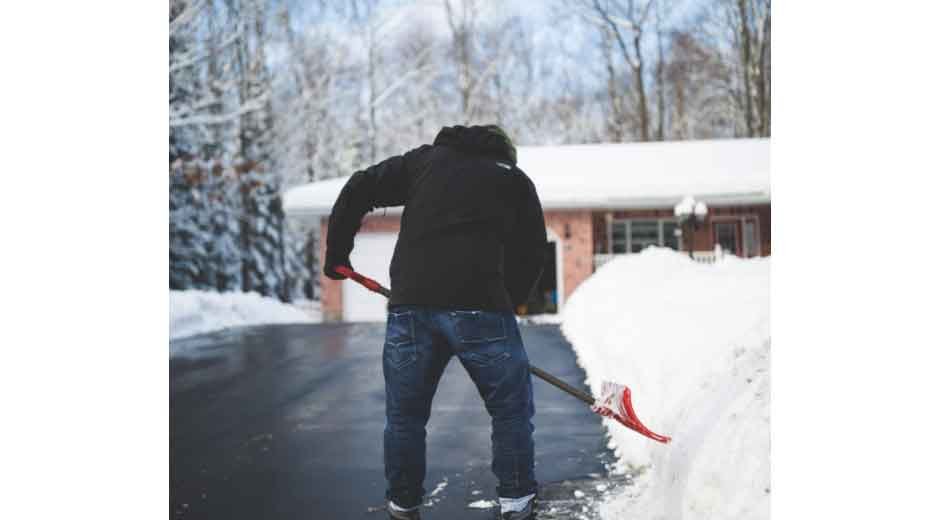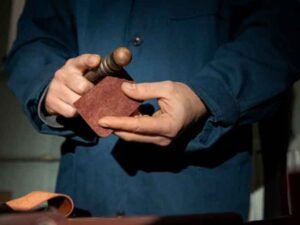Have you ever woken up to a slippery driveway and wondered how it got covered in ice overnight? It can happen quickly, even when it doesn’t seem that cold.
Ice on your driveway can be dangerous, especially if you’re walking or driving on it. Knowing what causes it and how to stop it can keep you and your family safe.
In this blog post, you’ll learn what leads to driveway ice formation and simple steps you can take to lower the risk. By the end, you’ll be ready to keep your driveway safer all winter.
How Cold Air Turns Water Into Ice?
When the temperature drops, the water on your driveway can freeze. This water might come from rain, melting snow, or even water dripping from your car. Once the surface gets cold enough-32°F or lower-the water turns into ice.
Even a thin layer of water can freeze fast in cold air. Shaded driveways, where the sun doesn’t shine much, freeze more easily because they stay colder.
Some areas freeze faster than others. If your driveway is in a low spot, water can collect there. That water will freeze faster than other spots because it doesn’t drain well.
Cracks and dips in the pavement also hold water, which can freeze and create slick patches.
Where Does Ice Hide on Driveways?
Ice doesn’t always cover the whole driveway. It can hide in small areas where you don’t expect it. Water from melting snow piles can run down the driveway and freeze again.
This is called refreezing. It often happens at night when the sun goes down and the temperature drops. You might not notice these patches until it’s too late.
Another sneaky place is under leaves, dirt, or other stuff that sits on the driveway. These things can trap moisture, which freezes underneath. It’s easy to slip if you don’t see it coming.
Even small patches can be just as slippery as larger ones. Sometimes ice forms under a thin layer of snow, making it hard to spot. Pets and kids running outside might also bring in water that later turns into ice on the driveway.
Ways To Lower the Risk of Ice Buildup
Keeping your driveway clear is one of the best ways to stop ice from forming. Sweep away leaves, snow, and dirt.
If snow falls, shovel it quickly before it melts and freezes again. Dry driveways are safer driveways.
Fixing low spots and cracks helps too. When water can’t sit and pool, it has less chance to freeze. You can seal cracks with driveway filler. For big problems, you might need to get the surface repaired by a professional.
Using ice melting salt can also help. It lowers the freezing point of water, which means it can stop ice from forming as easily.
Just use the right amount. Too much can damage your driveway and nearby grass.
Ready to Keep Your Driveway Safer?
Driveway ice formation may seem sudden, but it happens for clear reasons. Cold air, poor drainage, and hidden water all play a role. By understanding these causes and using smart prevention tips, like shoveling early and fixing cracks, you can keep your driveway much safer.
Don’t forget-small changes can make a big difference when it comes to icy surfaces. Taking action before a freeze can prevent slips and accidents. It also helps protect your driveway from damage over time.
Did this guide help you? Browse the rest of this section for more advice on a variety of topics.










